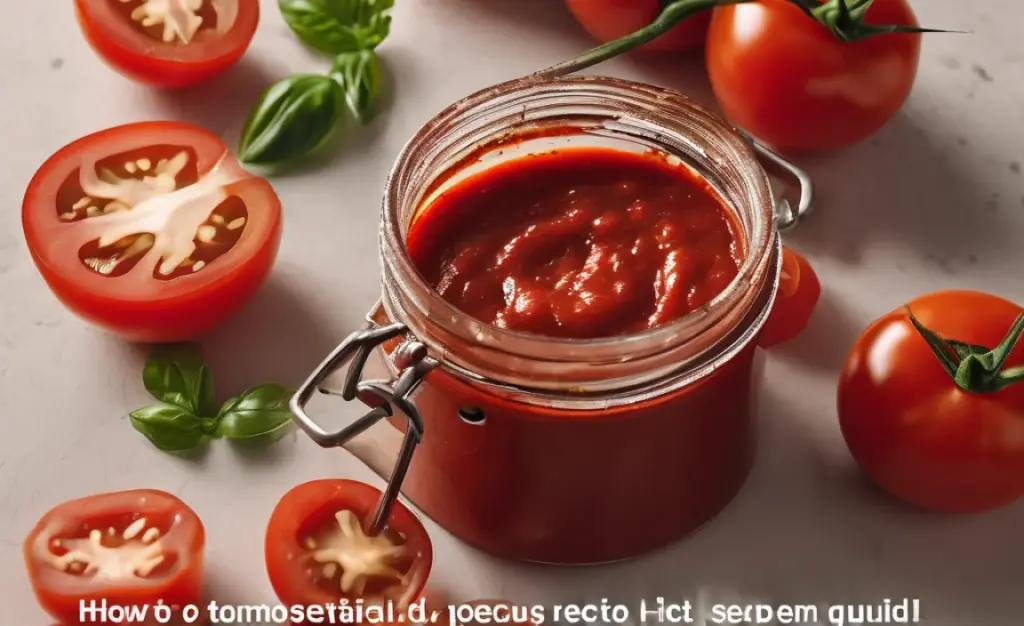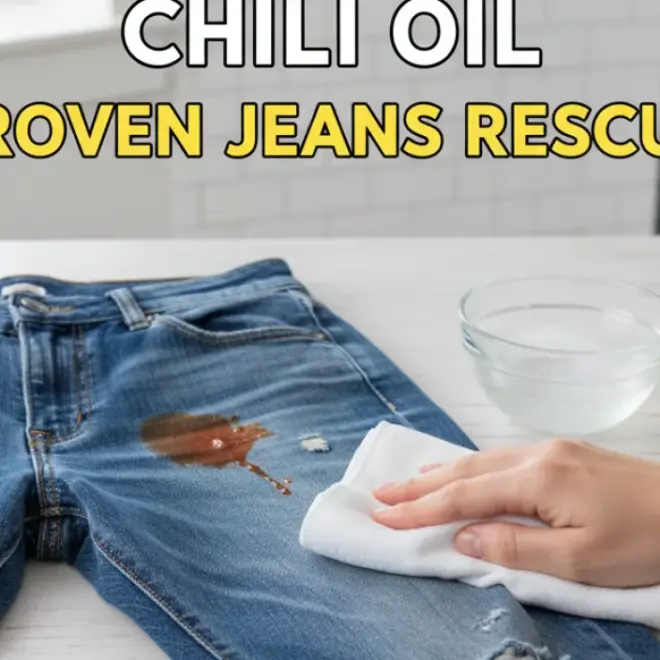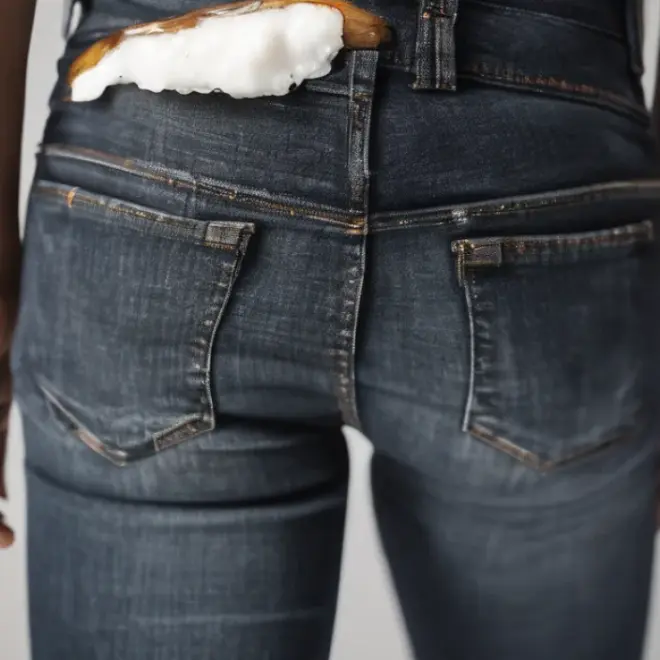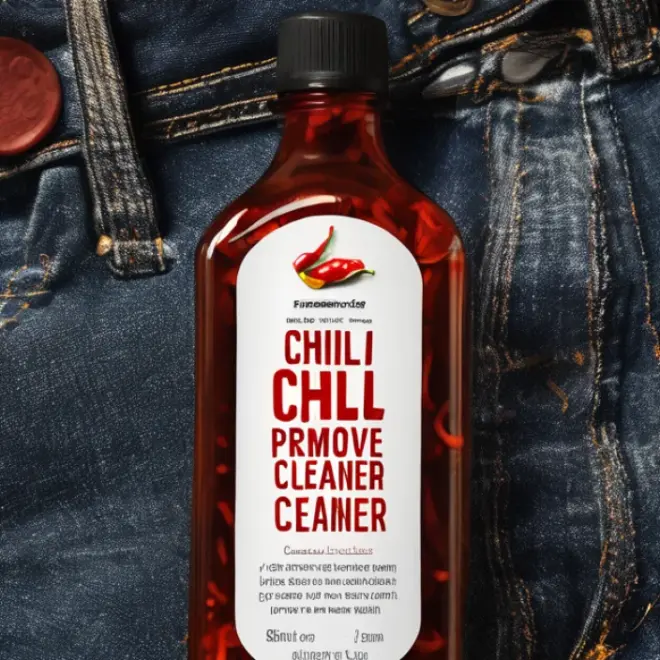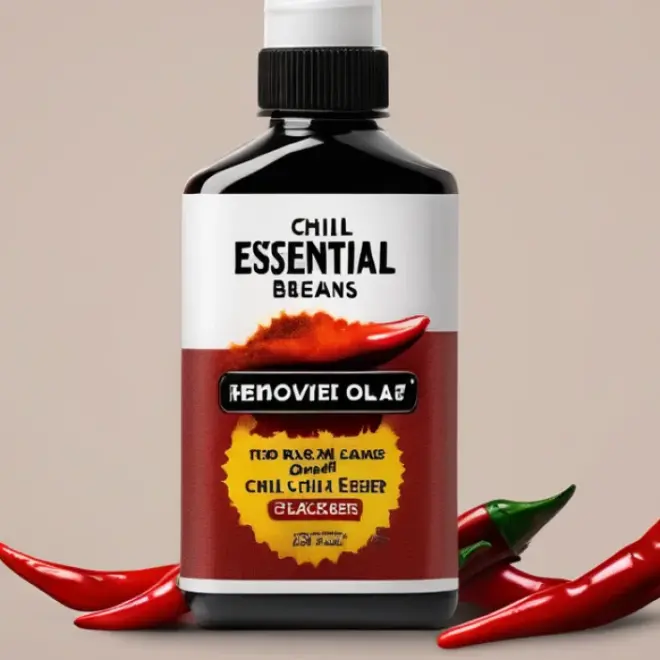Quick Summary: Tomato sauce stains can be tackled with immediate, gentle action. This guide provides simple, effective methods for removing tomato sauce from clothing and surfaces, using common household items to restore your fabrics, ensuring a clear, stain-free outcome.
How to Remove Tomato Sauce: Your Essential Stain-Fighting Guide
Oh, the dreaded tomato sauce stain! Whether it’s a splash on your favorite shirt during a pasta night or a drip on your couch, tomato sauce stains are common and can feel impossible to get rid of. But don’t worry! With a few simple steps and common household items, you can rescue your clothes and furniture. We’ll walk you through the best ways to tackle these stubborn stains, ensuring you can enjoy your meals without the cleanup panic.
Understanding Tomato Sauce Stains
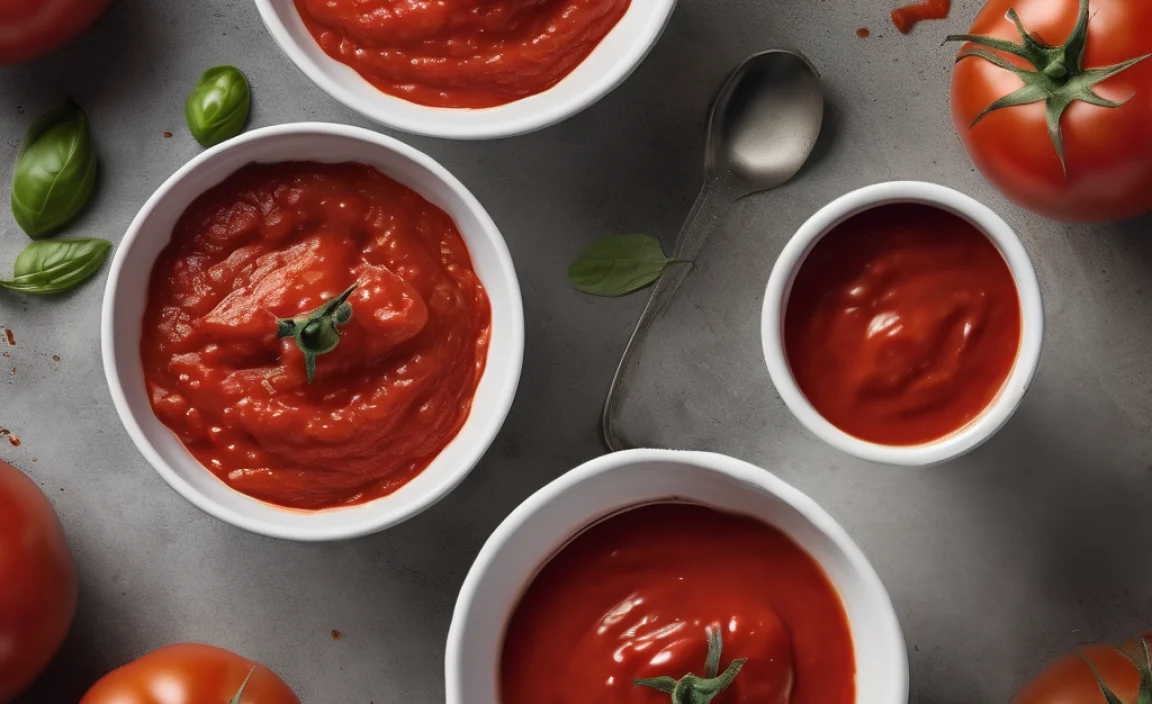
Tomato sauce is a notorious stain culprit for a few reasons. The vibrant red color comes from lycopene, a powerful pigment that can easily transfer to fabrics. The acidity of the tomatoes can also help the stain set in, especially if left untreated. The oil content in many sauces can further complicate the removal process, requiring a two-pronged approach: tackling the pigment and the grease.
Immediate Action: The First Line of Defense
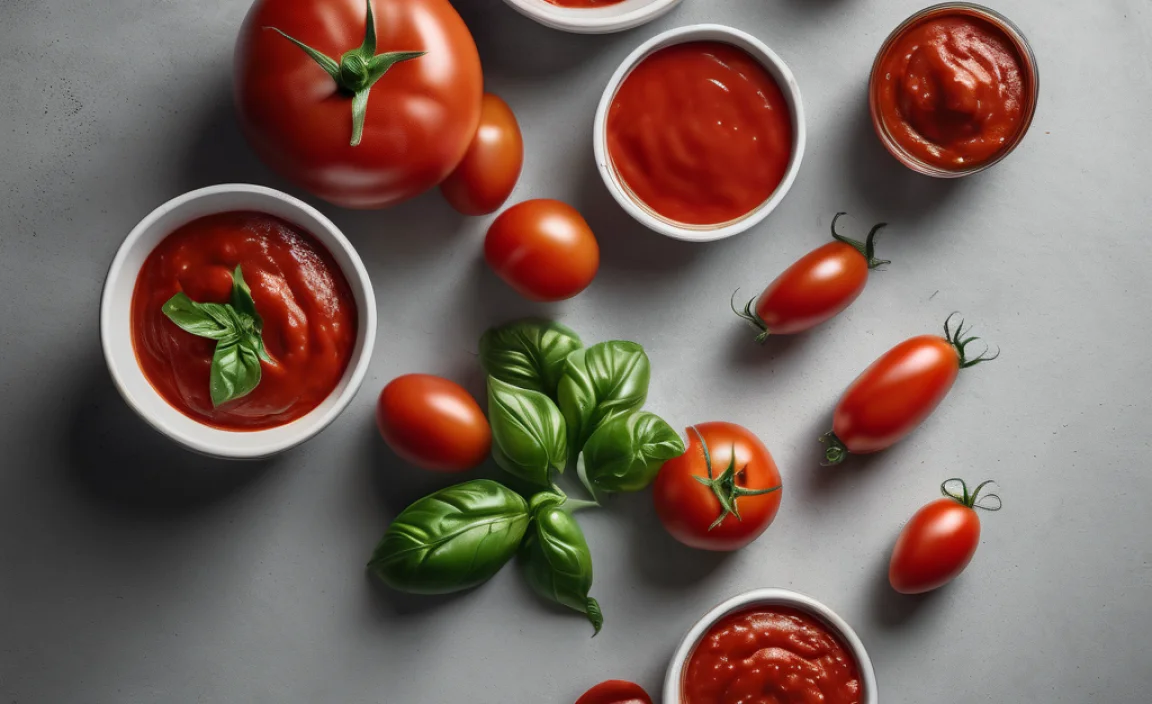
The key to success with any stain, especially tomato sauce, is acting fast. The longer a stain sits, the harder it becomes to remove.
Here’s what to do right away:
- Blot, Don’t Rub: Use a clean white cloth or paper towel to gently blot up as much of the excess sauce as possible. Rubbing can spread the stain and push it deeper into the fabric fibers.
- Scrape Off Solids: If there are any solid pieces of tomato or other ingredients, gently scrape them away with a dull knife or spoon before blotting.
- Cool Water Rinse: If the garment is washable, rinse the stained area from the back of the fabric with cold water. This helps to push the stain out rather than further in. Avoid hot water, as it can set the stain.
Essential Tools for Tomato Sauce Stain Removal
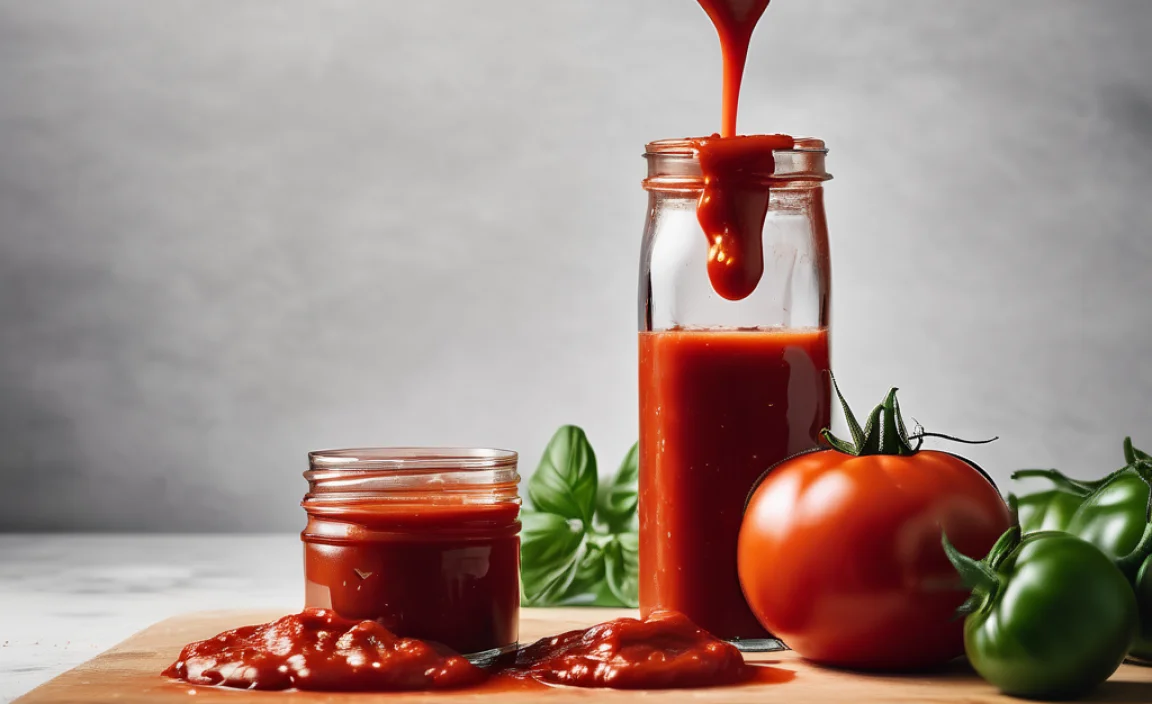
You don’t need fancy products to win this battle. Most of these items are probably already in your home:
| Tool | Purpose |
|---|---|
| White Cloths/Paper Towels | For blotting excess sauce and cleaning. White is best to avoid color transfer. |
| Dull Knife/Spoon | To gently scrape off any solid food particles. |
| Cold Water | The first step in rinsing and diluting the stain. |
| Liquid Laundry Detergent | A powerful stain remover that breaks down grease and pigments. |
| White Vinegar | An acidic natural cleaner that can help lift stains. |
| Baking Soda | A mild abrasive and odor absorber that can be made into a paste. |
| Dish Soap (Mild) | Excellent at cutting through grease, often found in tomato sauces. |
| Hydrogen Peroxide (3%) | A mild bleaching agent that can be effective on white or colorfast fabrics. |
| Lemon Juice | A natural bleaching agent, best used in sunlight. |
How to Remove Tomato Sauce From Common Fabrics
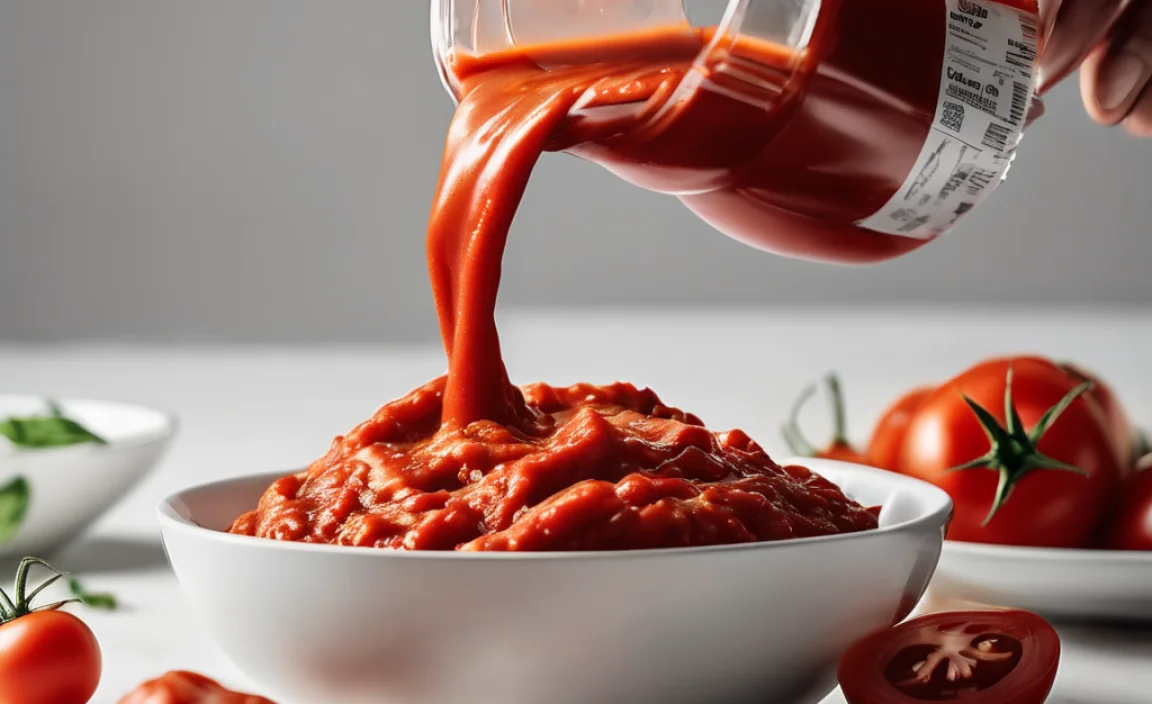
Different fabrics require slightly different approaches. Always test any cleaning solution on an inconspicuous area of the fabric first to ensure it doesn’t cause damage or discoloration.
How to Remove Tomato Sauce From Jeans
Jeans are generally durable, but the dye can still be affected. Follow these steps for your denim:
- Blot and Rinse: Immediately blot up excess sauce and rinse the stained area with cold water from the back.
- Apply Detergent: Apply a small amount of liquid laundry detergent directly to the stain. Gently rub it in with your fingers or a soft-bristled brush. Let it sit for 5-10 minutes.
- Wash as Usual: Wash the jeans in cold water with your regular detergent. Check the stain before drying.
- Repeat if Necessary: If the stain persists, do not put the jeans in the dryer. Repeat steps 2 and 3, or try a pre-treatment solution (see below).
How to Remove Tomato Sauce From Shirts and Other Clothing
For most washable clothing:
- Immediate Blotting & Rinsing: Follow the immediate action steps above – blot, scrape, and rinse with cold water from the back.
- Pre-treat with Detergent or Dish Soap: Apply liquid laundry detergent or a drop of mild dish soap directly to the stain. Work it in gently.
- Soaking (Optional but Recommended): For tougher stains, soak the garment in a basin of cold water mixed with a tablespoon of detergent or vinegar for at least 30 minutes, or up to a few hours.
- Wash: Launder the item in cold water with your usual detergent.
- Inspect Before Drying: Crucially, check if the stain is completely gone before putting the item in the dryer. Heat from the dryer will permanently set any remaining stain.
- Sunlight for Whites: If the garment is white and the stain is still faintly visible, hang it in direct sunlight. The UV rays can naturally help bleach out the remaining pigment.
How to Remove Tomato Sauce From Upholstery and Carpet
Upholstery and carpet require a more delicate touch to avoid damaging the fibers or spreading the stain.
- Remove Excess: Gently scrape off any solid bits. Blot up as much liquid as possible with a clean cloth or paper towel.
- Create a Cleaning Solution: Mix a solution of one tablespoon of mild dish soap with two cups of cold water. Alternatively, mix one part white vinegar with two parts cold water.
- Test the Area: Apply a small amount of your chosen solution to an inconspicuous spot on the upholstery or carpet to check for colorfastness.
- Apply and Blot: Dampen a clean white cloth with the solution and gently blot the stained area. Work from the outside of the stain inward to prevent spreading.
- Rinse: Dampen a separate clean cloth with plain cold water and blot the area to rinse out the cleaning solution.
- Dry: Blot the area with a dry towel. Allow the spot to air dry completely. You can also place a fan nearby to speed up the drying process.
- For Stubborn Stains (Upholstery/Carpet): If the stain persists, you can try a paste of baking soda and water. Apply it to the stain, let it dry, then gently vacuum it away. Alternatively, for white or colorfast carpets, a 3% hydrogen peroxide solution can be cautiously applied with a cloth, followed by blotting and rinsing. Always test first.
Advanced Stain Removal Techniques
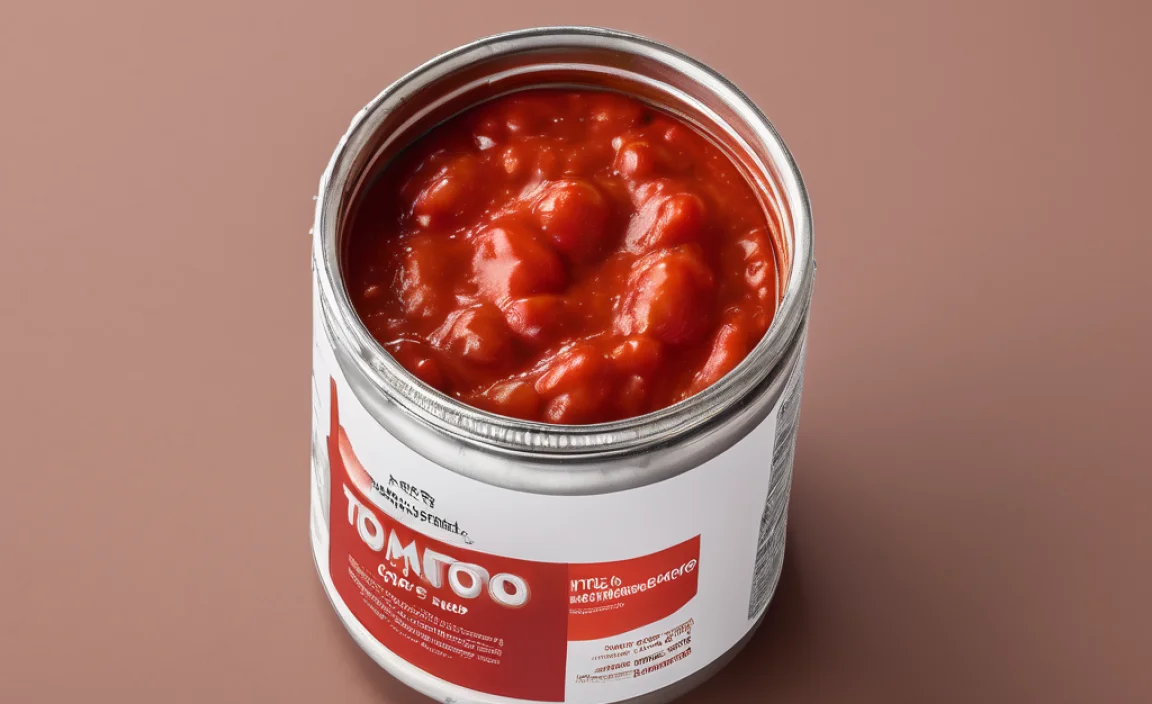
When basic methods aren’t enough, consider these slightly more potent options. Remember to always test on a hidden area and follow product instructions carefully.
Using Specialty Stain Removers
There are many commercial stain removers available. Look for those specifically designed for tomato, grease, or protein-based stains. For instance, an enzyme-based cleaner can be very effective at breaking down the organic compounds in the sauce. Follow the product’s instructions precisely, paying attention to whether the item should be pre-treated, soaked, or washed immediately after application.
Hydrogen Peroxide for Whites and Colorfast Items
For white fabrics or items that are confirmed to be colorfast (test this by applying a drop of diluted hydrogen peroxide to an inside seam and waiting for it to dry), 3% hydrogen peroxide can be a powerful tool. Apply directly to the stain, let it sit for a few minutes, then rinse thoroughly. For tougher stains, you can soak the item in a solution of one part hydrogen peroxide to five parts cool water. Be cautious with colored fabrics, as peroxide can lighten them.
Pre-treating with Oil
This might sound counterintuitive, but sometimes a light oil (like mineral oil or even a bit of cooking oil) can help lift the oily component of the sauce. Apply a small amount to the stain, let it work for a few minutes, then proceed with your regular stain treatment using dish soap (which is excellent at breaking down oils). Rinse thoroughly before washing.
The Power of Sunlight and Lemon Juice
For white fabrics that have been washed but still show a faint color, applying fresh lemon juice to the stain and laying the item in direct sunlight is an old-fashioned but effective method. The combination of citric acid and UV rays acts as a natural bleach. Rinse thoroughly afterward.
What NOT to Do When Fighting Tomato Sauce Stains
Avoiding these common mistakes can save your garments:
- Don’t Use Hot Water: Hot water sets tomato stains, making them much harder to remove. Always start with cold water.
- Don’t Rub Vigorously: Rubbing can spread the stain and damage fabric fibers, leading to a larger, more persistent mark.
- Don’t Put Stained Items in the Dryer: The heat of the dryer is the enemy of any stain. Always ensure the stain is completely gone before drying.
- Don’t Use Bleach Indiscriminately: Chlorine bleach can be effective on whites but will damage colored fabrics and can sometimes react with tomato pigments to turn them yellow or gray.
Preventing Future Tomato Sauce Stains
While accidents happen, a few preventative measures can help:
- Use a Napkin or Bib: Especially for children or when eating messy foods, a napkin placed over your lap or a bib can catch drips before they reach clothing.
- Eat Mindfully: Be aware of your movements when eating anything with tomato sauce.
- Consider Fabric Wipes: Keep some stain-removing wipes handy for quick cleanups on the go.
- Choose Your Seating Wisely: Avoid eating saucy meals on delicate or light-colored furniture if possible.
Frequently Asked Questions about Tomato Sauce Stains
How do I get a tomato sauce stain out of a white shirt?
For white shirts, after blotting and rinsing with cold water, apply liquid laundry detergent or dish soap. Let it sit for 10-15 minutes. Wash in cold water. If a faint stain remains, you can try treating it with 3% hydrogen peroxide or by applying lemon juice and placing the shirt in direct sunlight before rinsing and washing again. Always check that the stain is gone before drying.
Can I use dish soap for tomato sauce stains?
Yes, mild dish soap is an excellent choice, especially for tomato sauces that contain oil. Dish soap is formulated to cut through grease, which can help lift the oily components of the sauce and make it easier to remove the pigment. Apply a small amount directly to the stain, gently work it in, let it sit for a few minutes, then rinse or wash.
How long does it take for a tomato sauce stain to set?
Tomato sauce stains can begin to set within minutes, especially if they are exposed to heat or left to dry. The longer a stain sits on fabric, the deeper it will penetrate the fibers, making it progressively harder to remove. This is why immediate action is crucial for the best results.
What is the best way to remove tomato sauce from a carpet?
For carpets, blot up as much as possible first. Then, mix a solution of one tablespoon of mild dish soap with two cups of cold water. Dampen a clean cloth with the solution and blot the stain gently, working from the outside in. Rinse the area by blotting with a cloth dampened with plain cold water. Blot dry with a clean towel and allow to air dry. For stubborn stains, a baking soda paste can be used.
Can vinegar remove tomato sauce stains?
Yes, white vinegar can be effective. Its acidity helps break down the stain. For clothing, you can mix one part white vinegar with two parts cold water as a pre-treatment or soaking solution. For upholstery and carpets, a solution of one part vinegar to two parts cold water can also be used as a cleaning agent. Always test on an inconspicuous area first.
What should I do if the stain is old and dried?
Old, dried tomato sauce stains are more challenging but not impossible. Start by scraping off any dried residue. Then, soak the fabric in cold water with a generous amount of liquid laundry detergent or an enzyme-based stain remover for at least an hour, or even overnight. After soaking, gently rub the stained area and wash as usual. You may need to repeat the soaking and washing process several times. For very stubborn old stains on whites, consider a hydrogen peroxide treatment.
Conclusion
Tomato sauce stains are a common kitchen mishap, but with this guide, you’re well-equipped to handle them. Remember that speed is your greatest ally – the sooner you can blot, rinse, and treat a stain, the better your chances of complete removal without damage. Keep a few basic stain-fighting tools handy, and don’t be afraid to try different methods on different fabrics, always testing first. By following these practical, step-by-step instructions, you can confidently restore your cherished clothing and home furnishings, ensuring your favorite items remain stain-free and looking their best for years to come.


